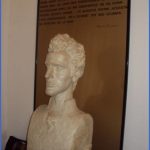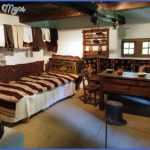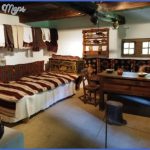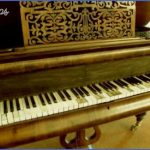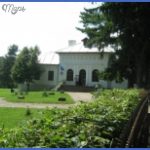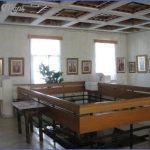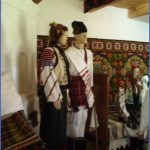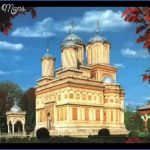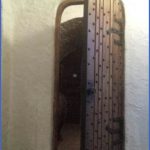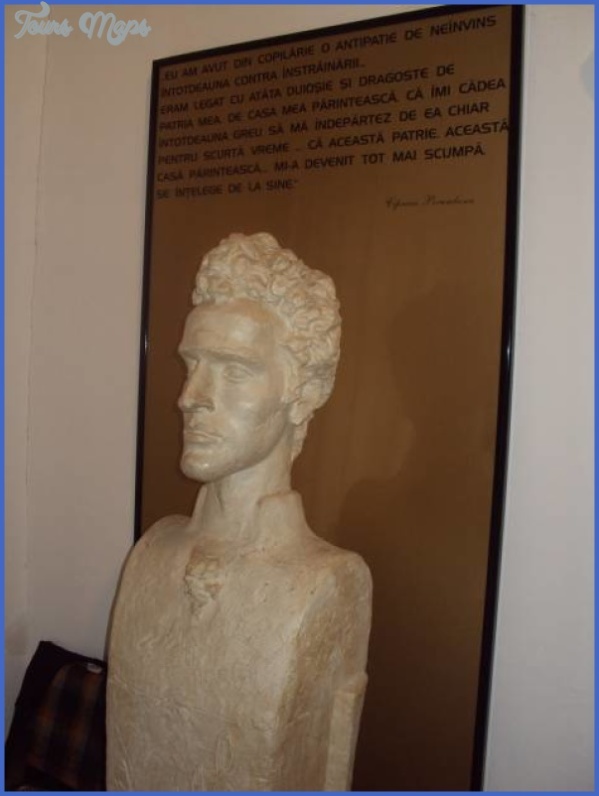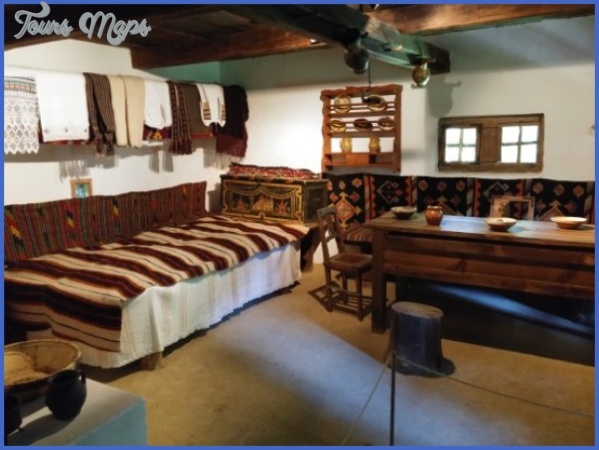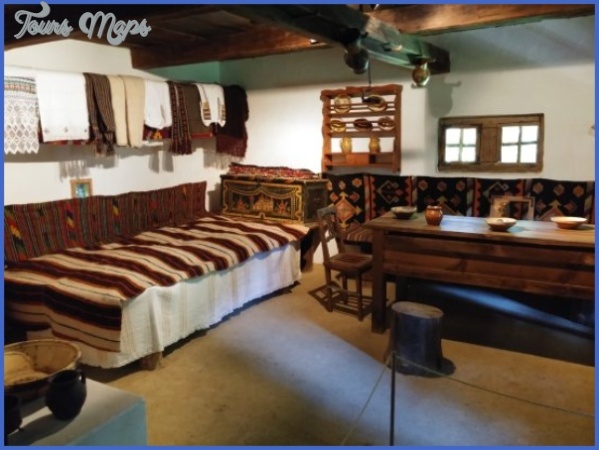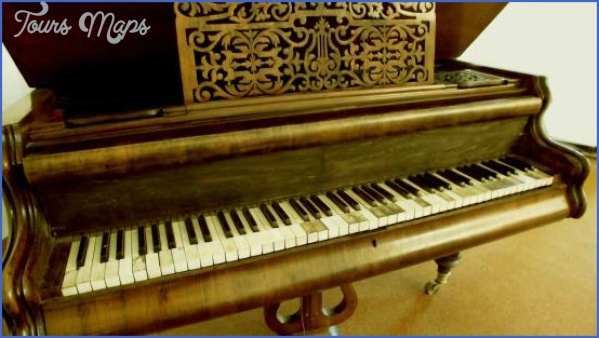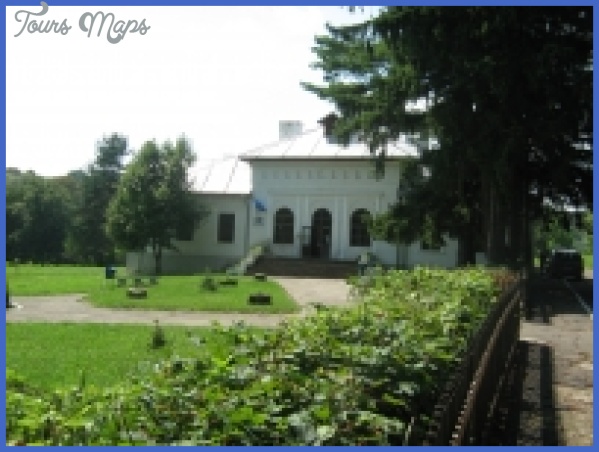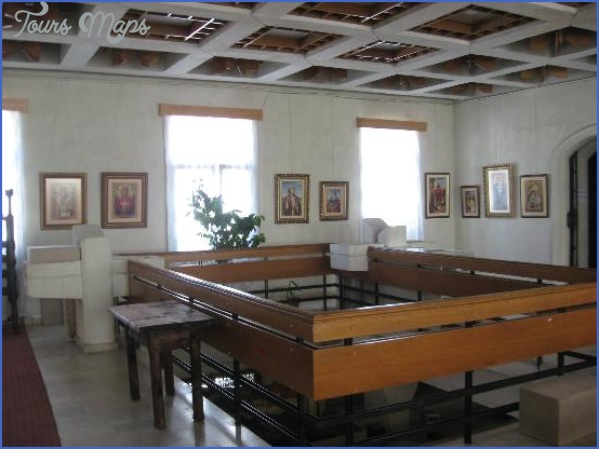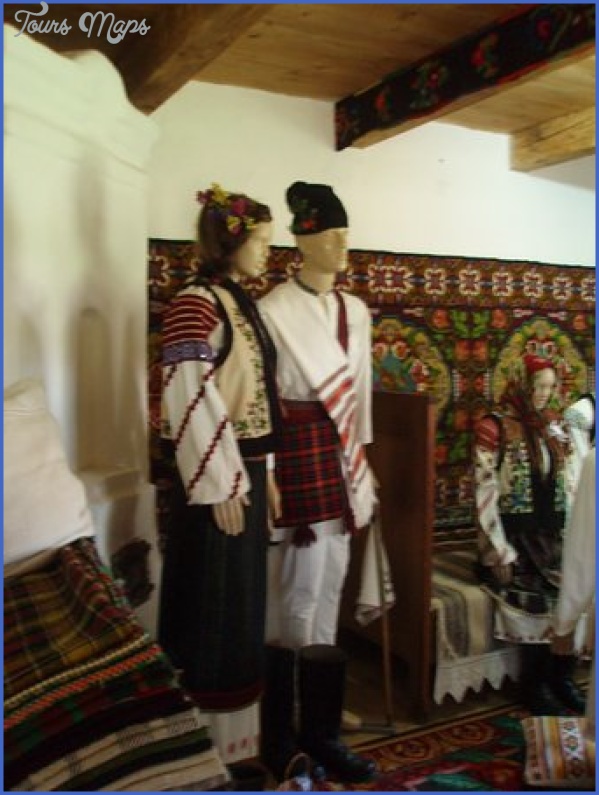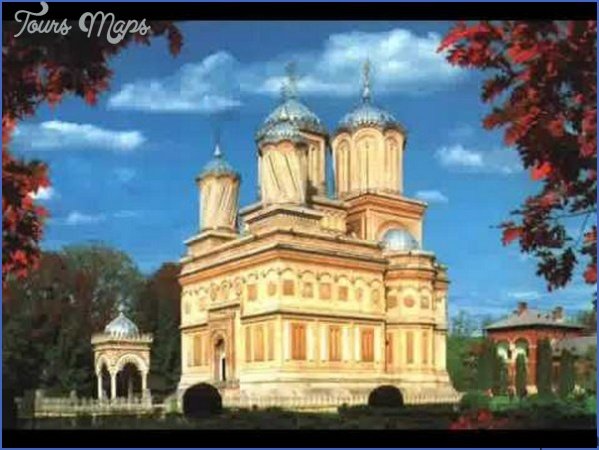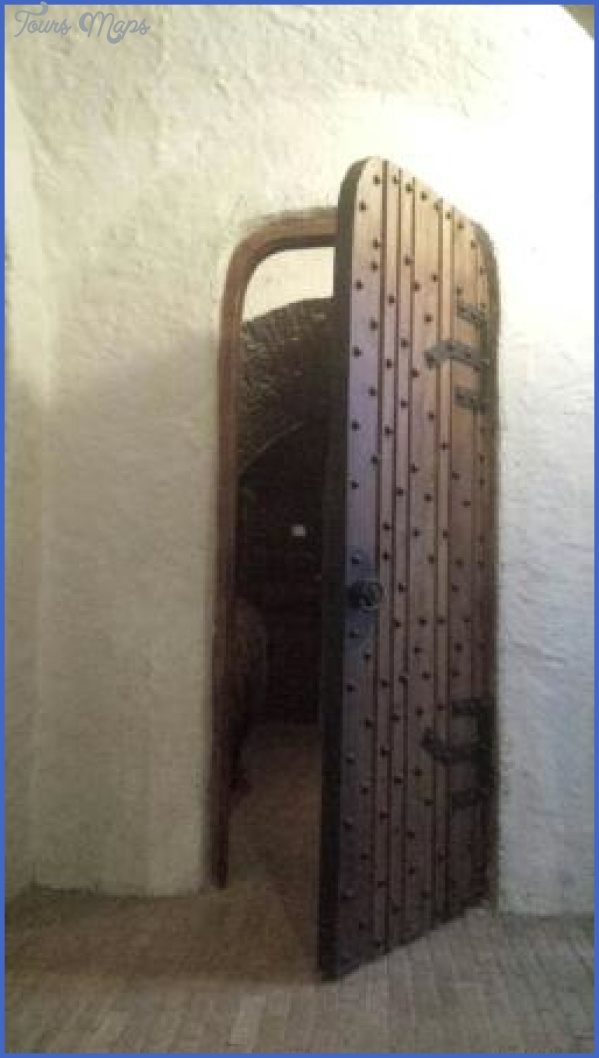PORUMBESCU MUSEUM
Although still often referred to by its former name, Stupca, the little village lying among woods 26 km south-west of Suceava is officially called Ciprian Porumbescu after its favourite son, who died there in 1883. Porumbescu, born in Sipote in 1853, spent much of his childhood in Stupca, where his father was the priest. Eight members of the family, the composer among them, are buried in a row in the local churchyard.
The museum at Ciprian Porumbescu (Stupca)
PORUMBESCU MUSEUM Photo Gallery
Returning through the village, past the church and taking the right fork at the village well (none of the roads is named), you see the memorial house at the top of the road, near where it ends in pasture-land. All that remains of the family compound – depicted in a drawing, of which copies are on display at both sites -is a small outbuilding and a well-cum-summerhouse, nestling in an orchard. The main house, where Porumbescu died on 6 June 1883, has disappeared. Opened to the public on the centenary of the composer’s birth, the memorial house has one room containing family relics, mostly photographs of documents and portraits of his parents, brother and sister and Berta, and the Viennese Peine piano that belonged to his sister Marioara; its other room re-creates a rustic kitchen, with brightly glazed pottery, wooden milk jug and embroidered curtains. The setting is completed with a bust and a memorial plaque.
Porumbescu taught in Brasov from 1880 until his early death at the age of 29. He is remembered there with a bust in a park bordered by Sirul Gheorghe Dima, near the gymnasium where he taught and where a plaque recalls that his operetta Crau Nou (‘New Moon’) was first performed there on 27 February 1882. Not far away, in the Piata Unirii, the autograph of Crau Nou is on display at the First Romanian School Museum in the grounds of the St Nicholas Church.
Maybe You Like Them Too
- Explore Doncaster, United Kingdom with this detailed map
- Explore Arroyito, Argentina with this Detailed Map
- Explore Belin, Romania with this detailed map
- Explore Almudévar, Spain with this detailed map
- Explore Aguarón, Spain with this detailed map

